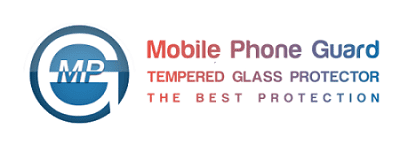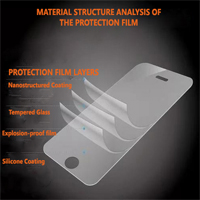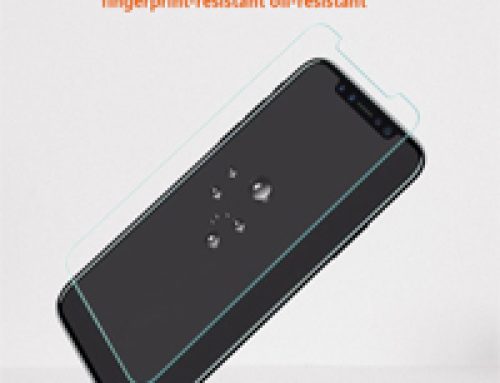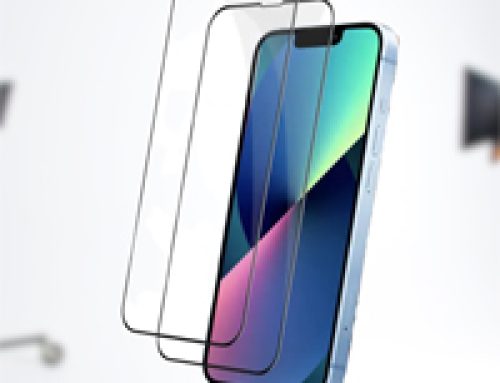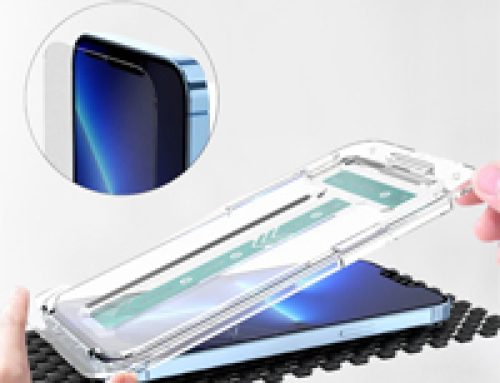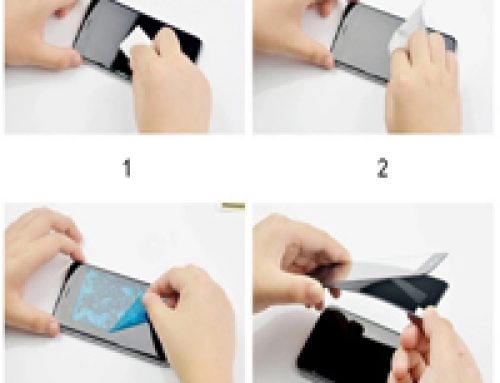Table of Contents
WHAT ARE THE DIFFERENCES BETWEEN THE MATERIALS OF THE TEMPERED GLASS SCREEN PROTECTOR
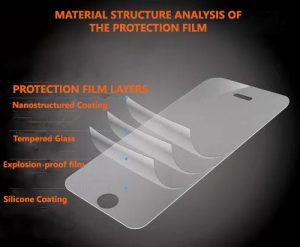
Introduction
There is no doubt, in the mobile phone industry that demand for Smartphones is on the rise. Along with that the rise of larger and curved mobile phone screens is evident. There are many factors that drive this particular demand one of which of course, the cost of replacing damaged original screens has increased significantly which is why people are opting for tempered glass screen protector.
The importance of screen protectors, especially tempered glass protectors, have become an effective as well as popular solution for keeping mobile phone screens safe from damage. Most importantly, tempered glass screen protectors are way more pocket-friendly in comparison with the original screen of a smartphone when it comes to replacement.
We all know by now that tempered glass screen protectors are made of glass and are available from a variety of manufacturers, but what are the differences between these different materials?
In this article, we are going to discuss and analysis the difference between materials of tempered glass screen protectors as well as the importance of those materials.
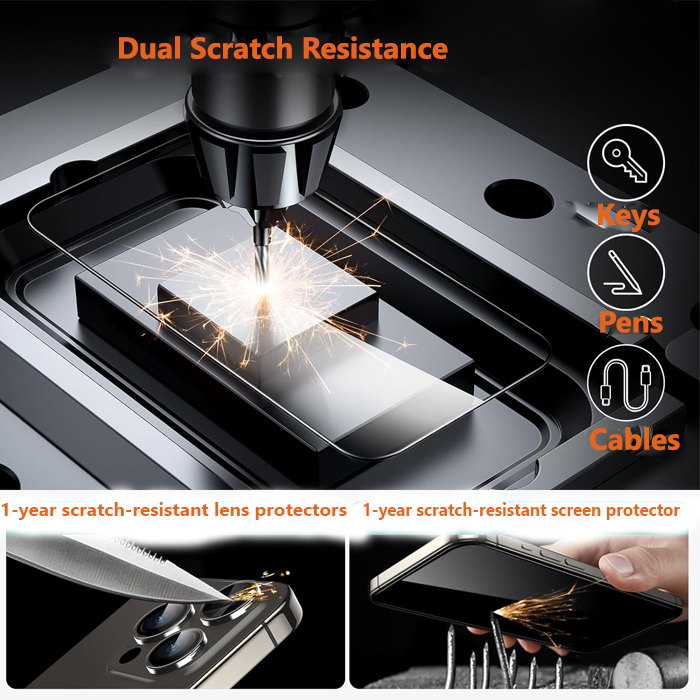
GLASS FACTOR
As the name suggests, main material of tempered glass screen protector is – Glass. Let’s dig deep into this material and know what makes the difference.
Two Types
a)Calcium Sodium Glass
The glass used in tempered glass screen protectors is mainly divided into two categories: calcium sodium glass and high-aluminum silicon glass. Calcium sodium glass is commonly found in daily-use products, such as windows, glass partition walls, and glass doors and we are all well aware of its usability as well as durability. If you look closely, you will find that this type of glass has a green tint on the side, which is caused by the high content of calcium and sodium. The thickness of this glass ranges from 0.2mm to 0.4mm, which is comparable to the thickness of tempered glass protectors.
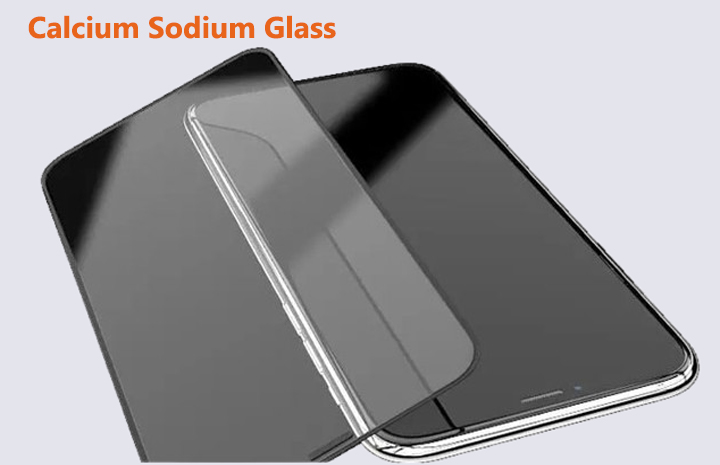
Advantage:
The main advantage of calcium sodium glass is its affordability, with a light transmission rate between 92% and 94%.
b) High-aluminium Silicon Glass
Mainly known as white glass, High-aluminum silicon glass is another type of glass used to make tempered glass protectors. One of the main reasons for using this type of glass is its low impurity content, which gives it a white tint. Most of the important and reputed tempered glass manufacturers, such as Corning, Schott, Xu Nita-Dragon Trace, Xuhong, and South Glass, use high-aluminum silicon glass in their production processes and for the readers of this article we also produce tempered glass screen protectors with ‘High-aluminum Silicon’ glass. You must also know that the thickness of high-aluminum silicon glass ranges from 0.1mm to 0.33mm.
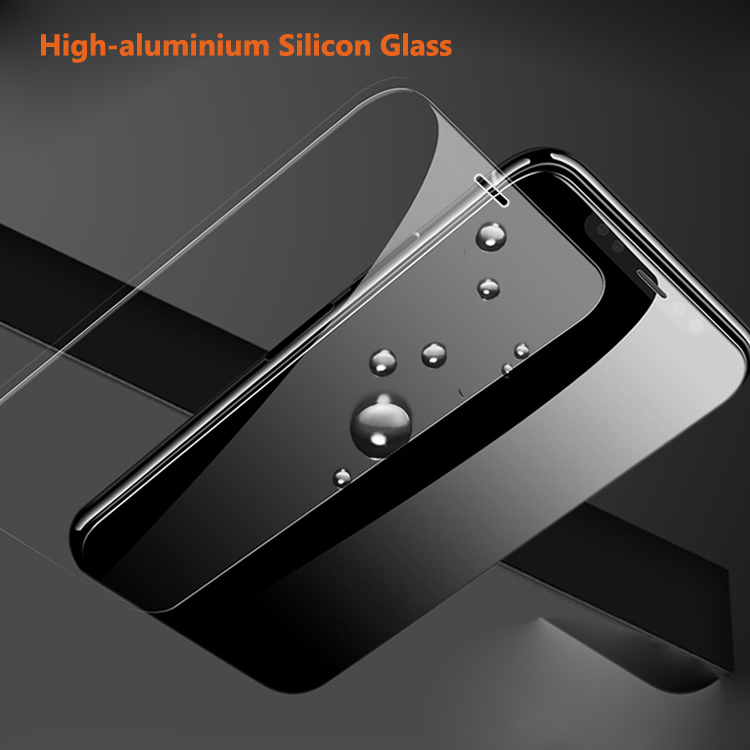
Advantage:
This glass’s main advantage is its superior ductility and ability to bend and fold after tempering which also means better lifespan and security. The light transmission rate for high-aluminum silicon glass ranges from 94% to 96%.
Depending on the usability and demand of the market, manufacturers are producing tempered glass screen protectors with different types of glasses as mentioned above in this article. As a smartphone user, you also need to know what is your requirement and how much you are ready to spend to replace your old screen guard and install a new tempered glass screen protector.
You also need to remember that not all tempered glass screen protector manufacturers produce both types of tempered glass screen protector. For example, Corning Glass, a well-known manufacturer of high-quality glass products, does not produce thin glass for tempered glass screen protectors. The thickness of Corning Glass ranges from 0.56mm to 0.8mm, and it is produced as a mobile phone cover, making it expensive. In doing so, companies like Corning Glass are not attending to the demands of a certain segment of smartphone users who prefer thinner tempered glass screen protectors.
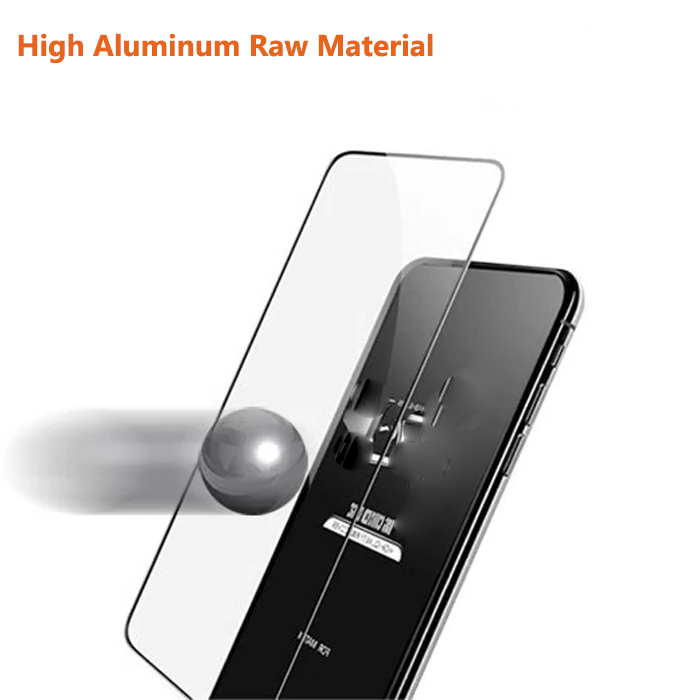
Therefore, manufacturers must use thinner glass for screen protectors, which are typically thinner than 0.8mm as they are in demand these days right now. For example, the production cost of an iPhone14 half-screen membrane is around $2. Corning Glass is rarely used for screen protectors due to its high cost, making it difficult to find a genuine Corning product below $2.
End Note:
In the end, it is really important to know why either of the glasses should be used to make a tempered glass screen protector. Here, making the right choice of material for tempered glass protectors is crucial to the quality and effectiveness of the product. As discussed earlier, calcium sodium glass is an affordable option with a good light transmission rate, high-aluminum silicon glass offers superior ductility and a higher light transmission rate. There are companies out there that are not producing tempered glass screen protectors by using both types of glasses due to their high cost. Smartphone users should be aware of the differences in tempered glass protector materials when choosing a screen protector for their mobile devices. The choice of a high-quality tempered glass protector that matches their needs and budget is important. Because, at the end of the day consumers must enjoy a crystal-clear mobile device screen and peace of mind knowing their device is protected from damage.

Also please visit our new product:
